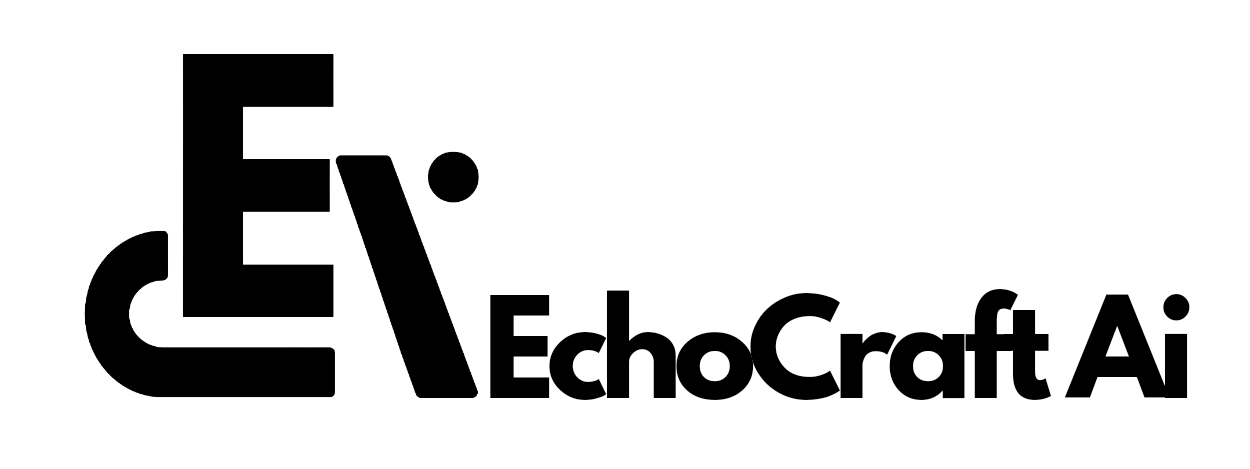The accuracy of AI performance benchmarks has become a point of contention, as OpenAI employees challenge the test results presented by Elon Musk’s xAI for its latest model, Grok 3.
The debate centers around a math benchmark, AIME 2025, where xAI’s published results suggested Grok 3 outperformed OpenAI’s top available model.
Critics argue that essential details were omitted, potentially leading to a misleading comparison.
Benchmark Discrepancies and Omitted Metrics
In a blog post, xAI shared a performance comparison between its Grok 3 Reasoning Beta, Grok 3 Mini Reasoning, and OpenAI’s o3-mini-high model.
The results indicated that xAI’s models had achieved higher scores. However, OpenAI employees pointed out that the comparison did not account for the consensus@64 (cons@64) metric.
This metric allows a model 64 attempts to answer each problem before selecting the most frequent response, significantly improving accuracy.
Without this factor, OpenAI’s model appeared weaker, but when evaluated with cons@64, it outperformed Grok 3’s first-attempt scores.
Despite xAI’s claims that Grok 3 is the “world’s smartest AI,” its first-attempt scores (@1) showed a different outcome. Grok 3 Reasoning Beta and Grok 3 Mini Reasoning both scored lower than OpenAI’s o3-mini-high model when given only a single attempt per problem.
In some cases, Grok 3 Reasoning Beta even trailed behind OpenAI’s o1 model when using “medium” computing settings. These inconsistencies raised concerns about how AI benchmarks are framed and whether companies selectively present data to highlight favorable results.
xAI’s Response and the Broader Benchmarking Debate
xAI co-founder Igor Babushkin responded to the criticism, stating that OpenAI has also faced scrutiny over its own benchmark reports, though its comparisons typically focus on internal models rather than competitors.
Meanwhile, an independent AI researcher compiled a more comprehensive benchmark dataset, including cons@64 scores for various models, offering a clearer view of overall performance.
This controversy underscores a broader issue in AI benchmarking—how performance data is presented and interpreted.
AI researcher Nathan Lambert pointed out that one of the most critical factors, the computational and financial cost required to achieve high scores, remains largely undisclosed.
Without transparency on resource consumption, benchmark results alone may not provide an accurate reflection of real-world usability.
Grok 3’s Computational Power and Context Length
xAI claims that Grok 3 is built on the Colossus supercluster, utilizing 10 times the compute of its predecessor. This increase in processing power positions it for high-performance tasks such as STEM problem-solving, coding, and scientific research.
The benchmarking debate raises a fundamental question: does higher compute directly translate to superior real-world performance?
Grok 3 also introduces a 1-million-token context window, significantly exceeding OpenAI’s GPT-o1 (16K tokens) and GPT-o1 Pro (128K tokens). This feature allows Grok 3 to handle longer documents, complex reasoning, and research-intensive tasks.
While a larger context window can be advantageous for certain applications, it does not necessarily guarantee better overall performance.
OpenAI’s models have demonstrated optimized efficiency, with faster inference speeds (95ms for o1 Pro) and high language processing accuracy, making them well-suited for enterprise applications.
First-Attempt Accuracy vs. Consensus-Based Scoring
A major point of contention is the difference between first-attempt accuracy (@1) and consensus-based scoring (cons@64).
xAI’s benchmark presentation focused on first-attempt accuracy, suggesting that Grok 3 performed well. However, OpenAI employees highlighted that when multiple attempts were factored in, OpenAI’s models demonstrated higher accuracy in specific tasks.
For instance, Grok 3’s AIME 2025 score is 93.3%, a strong performance in math problem-solving. OpenAI’s o1 Pro, when given multiple tries, reaches similar or higher accuracy levels in key benchmarks.
This illustrates how AI model comparisons can be influenced by test conditions and the way results are framed.
Grok 3’s Features
Grok 3 introduces new features such as “Think Mode,” which enables real-time answer refinement, and DeepSearch, an AI tool designed to compile concise reports from multiple sources.
These capabilities could enhance logical reasoning, coding accuracy, and real-time research applications. The effectiveness of DeepSearch depends on the quality and reliability of its data sources, which xAI has not disclosed.
Lack of API Access
Unlike OpenAI’s models, which provide full API access, Grok 3 is currently limited to X’s ecosystem, restricting its usability for developers and businesses seeking AI integration.
OpenAI’s GPT-o1 Pro, with its 98% accuracy and scalable API access, remains a more practical option for enterprises requiring AI-driven automation and data processing.
Compute Power vs. Practical Performance
The debate over Grok 3’s benchmarks highlights the complexity of AI performance evaluation. While its increased compute power and expanded context window make it a compelling model for certain applications, the controversy raises concerns about how AI companies present their models.
OpenAI’s more transparent benchmark methodology and proven efficiency in enterprise settings suggest that raw compute power alone is not the defining factor in AI superiority.
Ultimately, the real measure of an AI model is not just how it scores on benchmarks but how consistently and effectively it performs in real-world applications.
The dispute over Grok 3’s benchmarks reflects the growing need for standardized, transparent evaluation methods to provide a clearer picture of AI capabilities across the industry.

